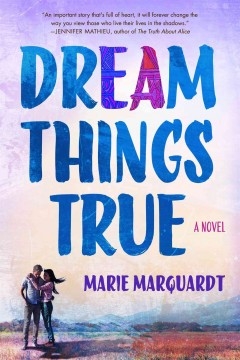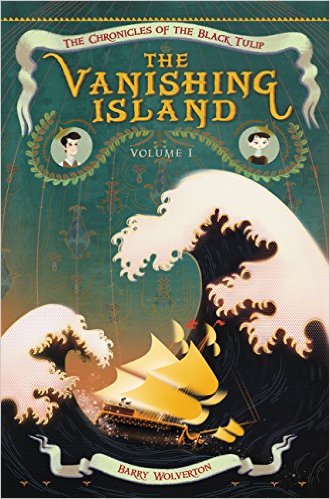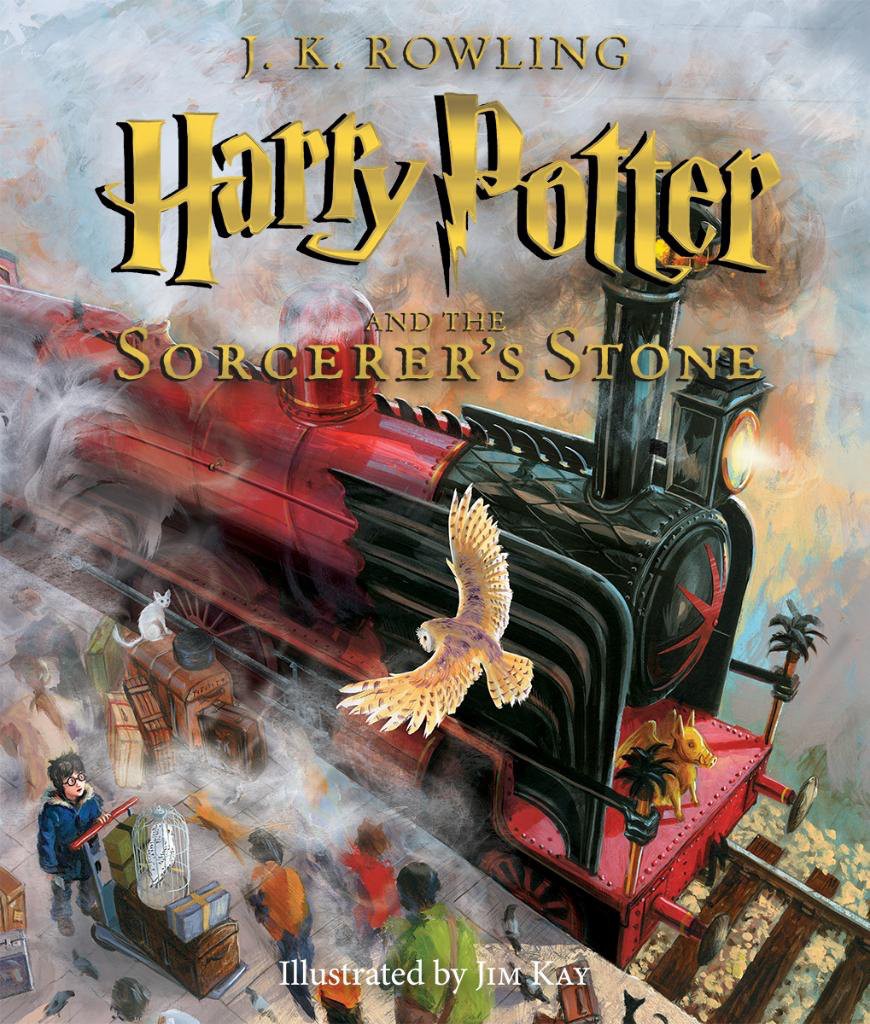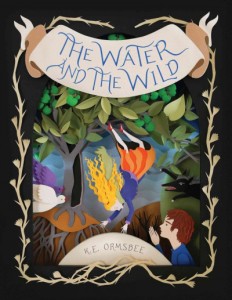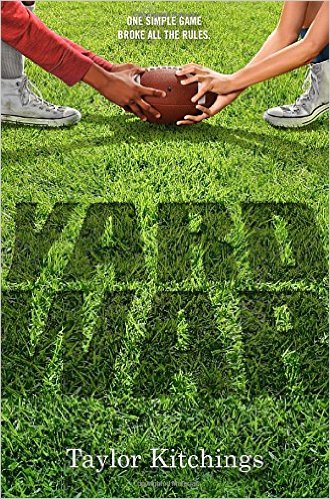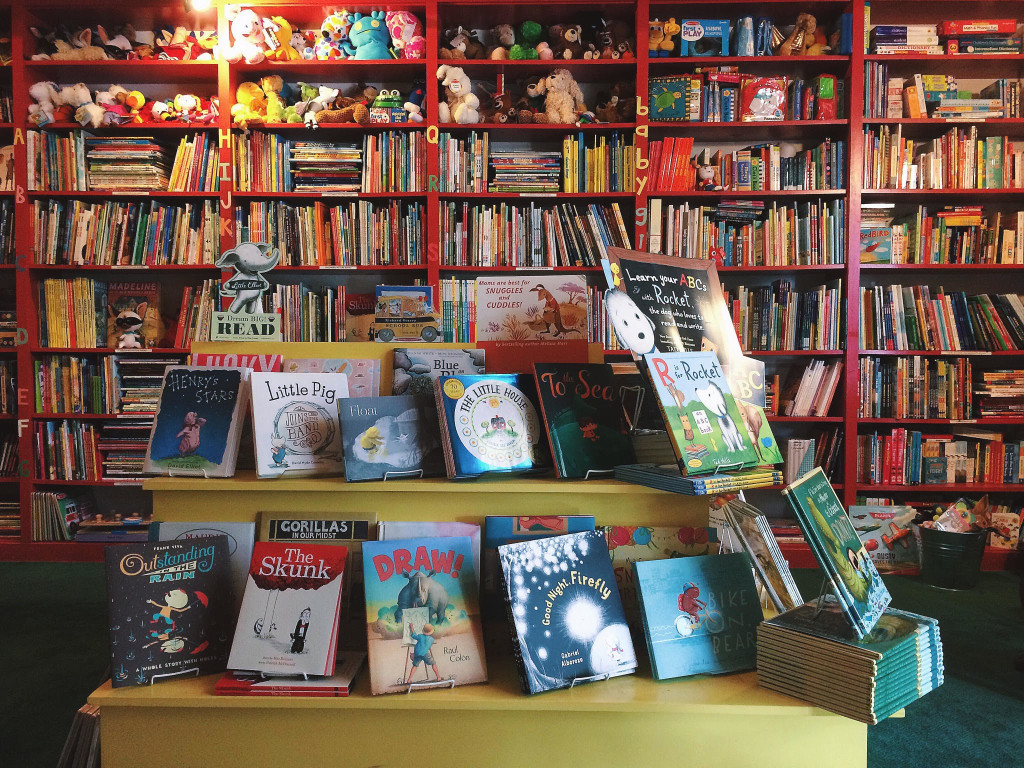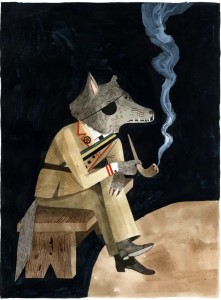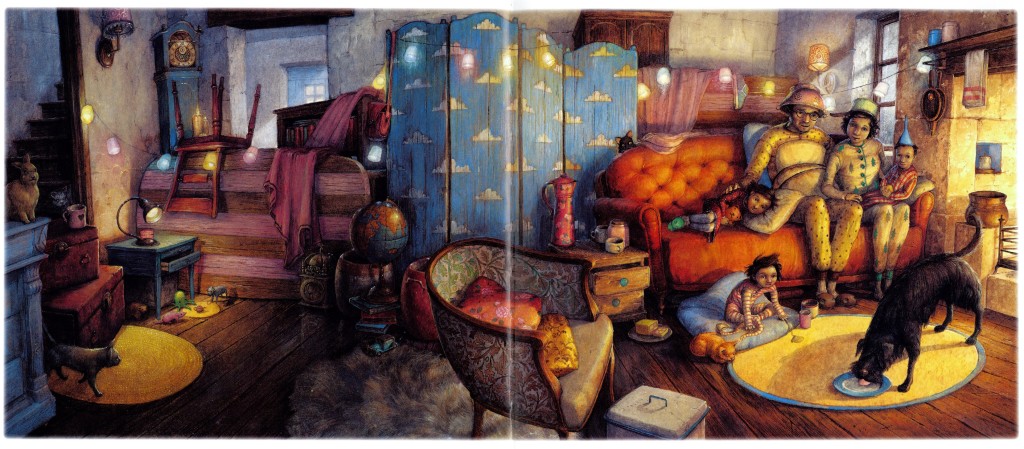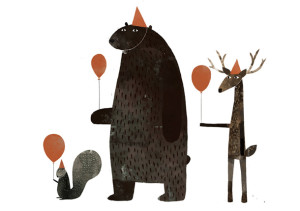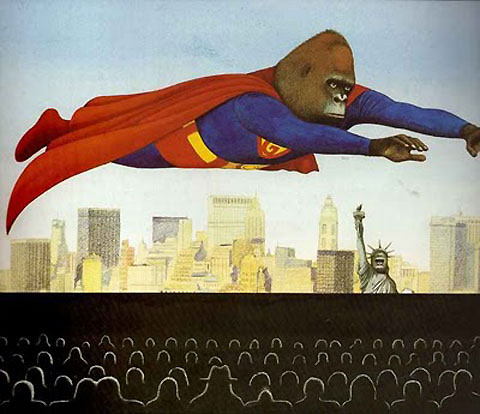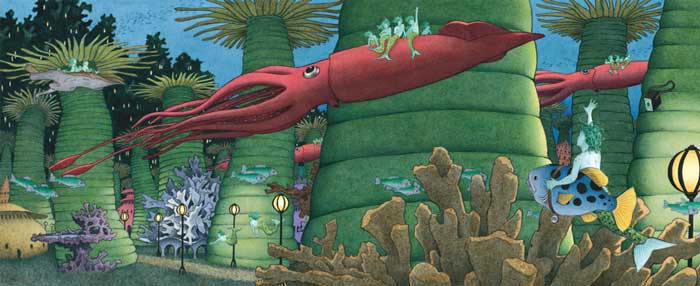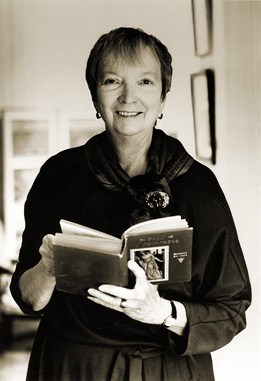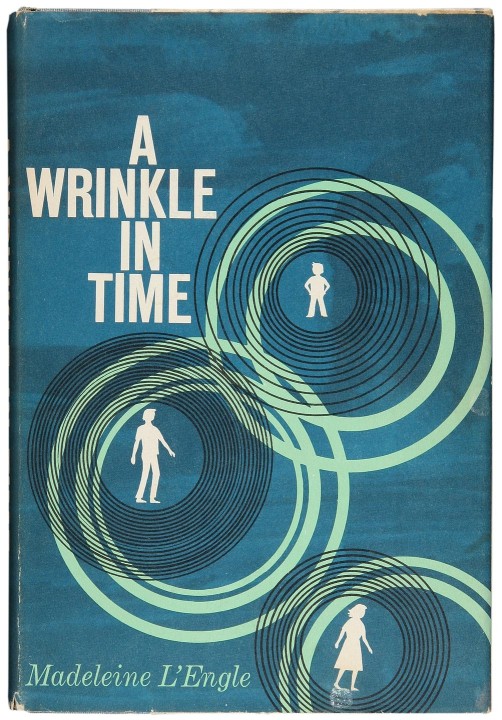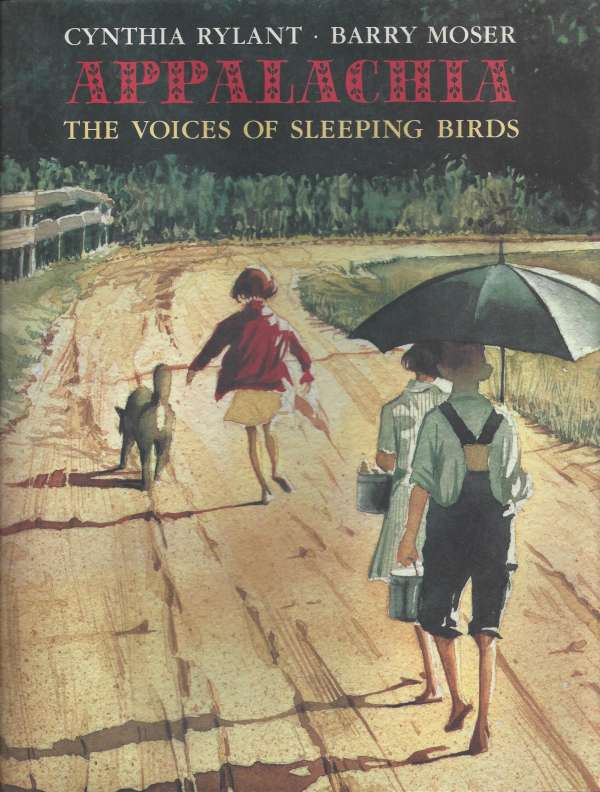 “Appalachia: The Voices of Sleeping Birds” by Cynthia Rylant, Illustrations by Barry Moser. Harcourt Brace Jovanovich, 1991.
“Appalachia: The Voices of Sleeping Birds” by Cynthia Rylant, Illustrations by Barry Moser. Harcourt Brace Jovanovich, 1991.
In “Appalachia: The Voices of Sleeping Birds” by Cynthia Rylant, life is hard but it is also sweet. Rylant’s Appalachia is a land of coal miners, small churches, country dogs, dirt roads, homemade quilts, and cotton dresses. She communicates the rhythm of Appalachian life in her picture book for the young and old:
“In the summer many of the women like to can. It seems their season. They sit on kitchen chairs on back porches and they talk of their lives while they snap beans or cut up cucumbers for pickling. It is a good way for them to catch up on things and to have time together, alone, for neither the children nor the men come around much when there is canning going on.”
Cynthia Rylant, a Caldecott and Newbery award-winning author, writes about where she grew up in West, Virginia. Her young life was not unfamiliar to Barry Moser, the book’s illustrator. Moser, a native of Chattanooga, Tennessee, is a printmaker, a designer, author, essayist, and teacher. He is well-known for his fully illustrated Bible published in 1999, by his own Pennyroyal Press which has designed some of the most beautiful modern limited editions of the twentieth century.
Moser’s paintings and prints have graced such classic stories and poetry as “The Adventures of Brer Rabbit,” “The Wonderful Wizard of Oz,” “The Legend of Sleepy Hollow,” and “The Tales of Edgar Allen Poe,” but he has also worked with many modern children’s books authors.
Moser’s paintings that accompany Rylant’s text were inspired by Ben Shahn, Walker Evans, Marion Post Walcott, and Dorothea Lange. The subjects in the paintings are simple and direct. The gaze of the coal miner shows a man with few choices in life—his father and grandfather were coal miners, too. The sweetness of life is there, too, as in the opening quote from James Agee, a nod to his own family in Knoxville, Tennessee:
“The stars are wide and alive, they seem like a smile of great sweetness, and they seem very near. All my people are larger bodies than mine, quiet, with voices gentle and meaningless like the voices of sleeping birds . . .”
Original to the Clarion-Ledger


